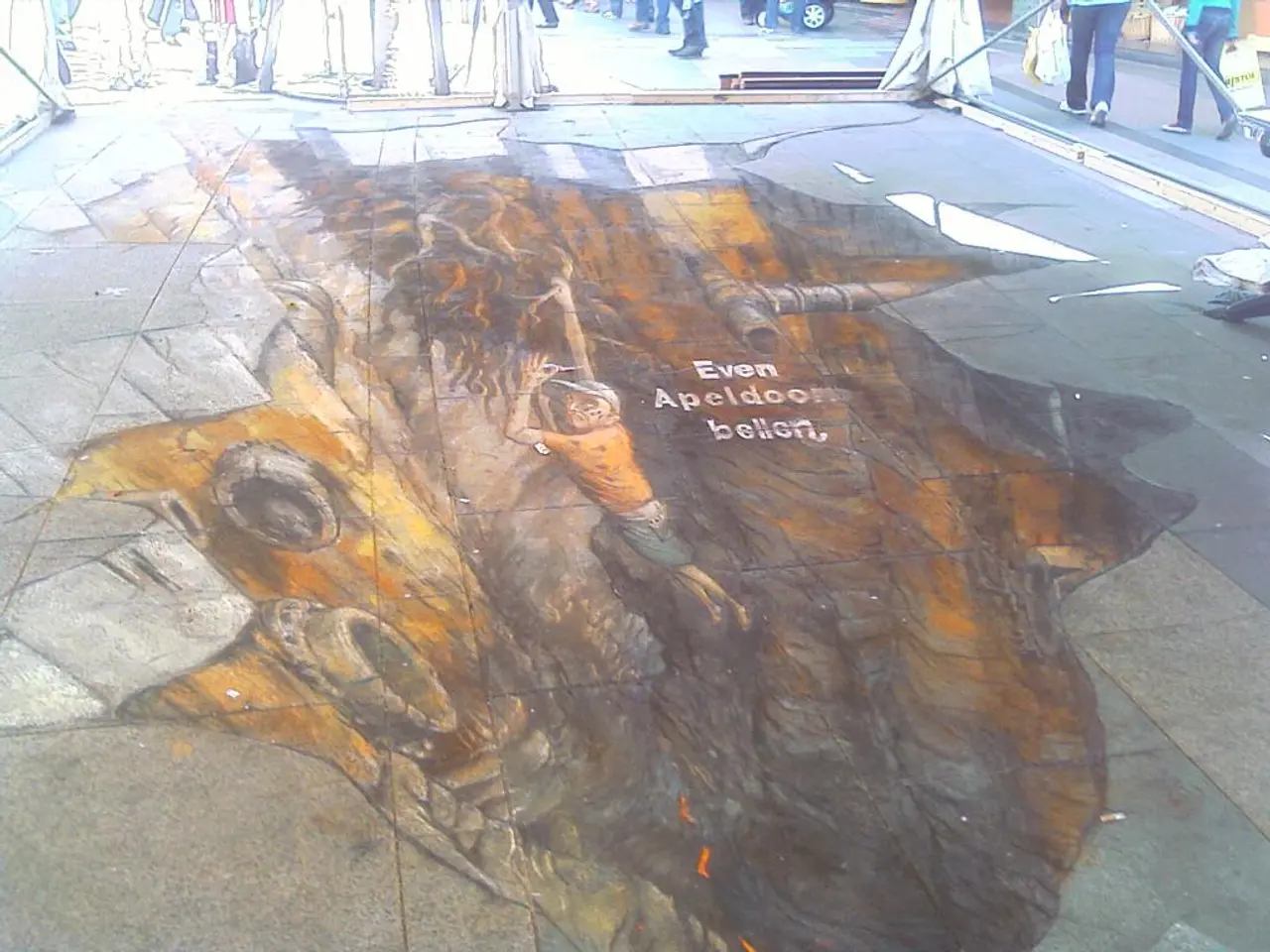The Developments in 3D Graphics and Their Effect on Various Game Art Forms
The world of 3D game art has undergone a remarkable transformation since its inception, shaped by technological innovations that have expanded creative possibilities and technical capabilities.
The Era of 8-bit and Early 16-bit Graphics (Late 1980s to Early 1990s)
In the early days, 8-bit graphics dominated through systems like the NES and Commodore 64. Characterized by pixelated, colorful visuals, developers were forced to express ideas through minimalistic art due to hardware constraints. This resulted in a distinct aesthetic based on simplicity and player imagination, with limited resolution and color palettes pushing innovation in visual storytelling.
Introduction of 3D Polygon Graphics (Early 1990s)
A pivotal moment came with the release of Star Fox (1993) on the Super Nintendo, featuring real 3D polygonal graphics powered by the Super FX chip. This enabled fast, fluid 3D environments with basic flat-shaded polygons, marking one of the earliest examples of home console 3D gaming and bridging the gap between 2D sprite-based games and full 3D worlds.
Rise of 3D Hardware and Realistic Rendering (Mid-1990s to 2000s)
Dedicated 3D graphics hardware became standard in consoles and PCs, leading to improved polygon counts, advanced shading and lighting effects, and the introduction of real-time 3D physics and complex camera controls. This period saw a transition from simple, flat-shaded polygons to more realistic, textured 3D models, enriching game worlds and character design.
High Definition and Photorealism (2000s to Present)
Modern advancements include high-resolution textures, sophisticated lighting models, complex shaders simulating effects like reflections, shadows, and weather, and enhanced animation techniques. There has also been a resurgence of pixel art with modern enhancements — known as HD-2D — where classic pixel graphics are combined with high-definition lighting and layering to create rich, stylistic visuals.
Influence on 3D Art in Games
The evolution from 8-bit simplicity to complex 3D graphics has profoundly changed 3D game art by expanding the artistic toolkit, enabling more immersive and realistic game worlds, encouraging new artistic styles, driving technical innovation in real-time rendering techniques, and balancing graphic quality with performance.
As we look to the future, technological innovations such as AI in art content creation, advanced use of AR, and further development of VR will shape the future of 3D game art, paving the way for a future where game art is limited only by imagination. Augmented reality will blur the lines between the digital and the real world, offering new canvases for game art and creating mixed reality experiences that redefine engagement and interactivity.
In this era of continuous advancement, the fashion-and-beauty industry has been inspired by the evolution of 3D game art, with designers incorporating polygonal and pixelated elements into clothing designs and cosmetics.
A thriving food-and-drink scene has emerged, as chefs and mixologists experiment with the visual presentation of their creations, aiming to create dishes that look as appetizing as the ones encountered in 3D video games.
The home-and-garden sector has been influenced by the attention to detail and immersive, realistic environments offered by modern 3D games, with improvements in home decor and landscape design being reflected.
The realm of gadgets and technology has mirrored the progress of 3D game art, with advancements in hardware and software, such as faster processors, improved graphics cards, and real-time ray tracing, offering increasingly realistic representations on screens.
Data-and-cloud-computing platforms have allowed for the creation and distribution of 3D game art in unprecedented ways, enabling the growth of online marketplaces for game aesthetics and assets.
This fascinating intersection has led to the creation of striking book covers and innovative advertising campaigns, as well as the development of captivating entertainment experiences that blend elements from various media, including music, film, television, and sports.
In the world of sports, basketball specifically, the NBA has invested in cutting-edge virtual reality technology, focusing on motion capture and real-time interactive 3D environments, to provide fans with more immersive and engaging experiences, such as the NBA's new virtual reality game platform.
The NCAA Basketball league has followed suit, leveraging the power of 3D game art to create highly realistic simulations for training purposes, offering players an opportunity to hone their skills and strategies amidst virtual environments.




